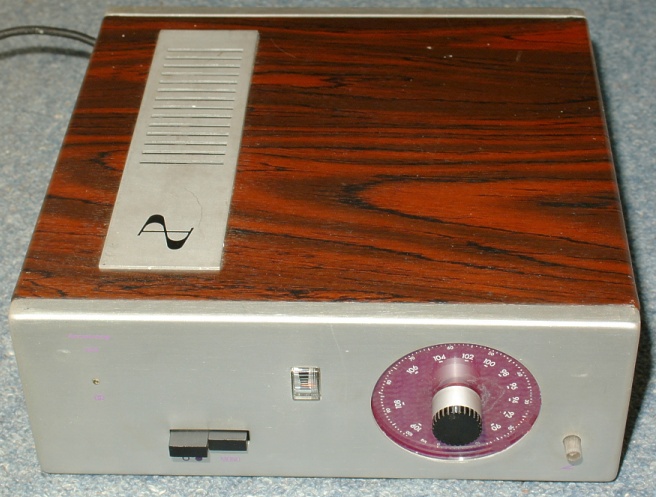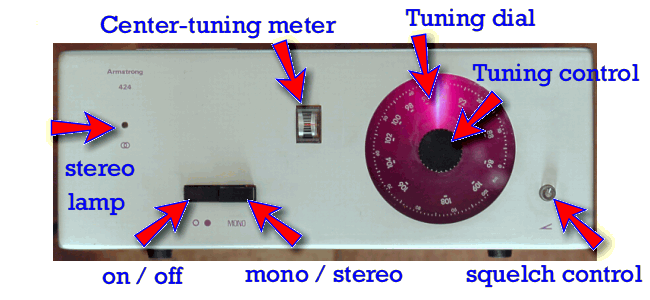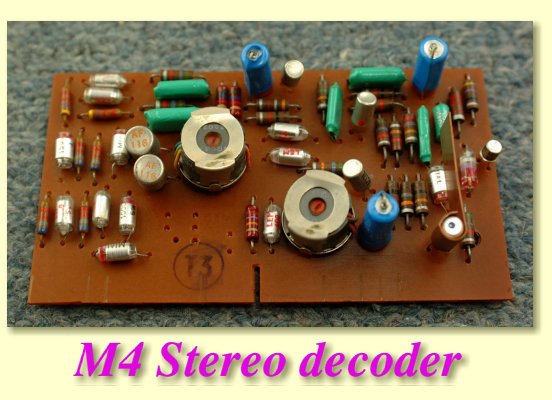


| FM/VHF Sensitivity | Mono 1.5 microV, Stereo 5 microV (30dB SNR 75kHz dev.) | ||
| FM Frequency Response | 30Hz - 15kHz +/-1dB | Coverage | 86 - 109 MHz |
| IF bandwidth | 220 kHz (-6dB) | centered at | 10.7 MHz |
| AM coverage | Medium Wave 510 - 1625 kHz, Long Wave 150 - 300 kHz | ||
| AM Sensitivity | 5 microV for 20dB SNR | IF Rej | 80dB |
| IF bandwidth | +/- 4kHz (-6dB) | centered at | 430 kHz |
| Audio Out | Variable 0 - 1 V, source impedance < 1kOhm | ||
